HP Dragonfly Pro Chromebook vs. HP Elite Dragonfly Chromebook: There's a clear winner here
Should you go "Pro" or "Elite" with your next Chromebook?
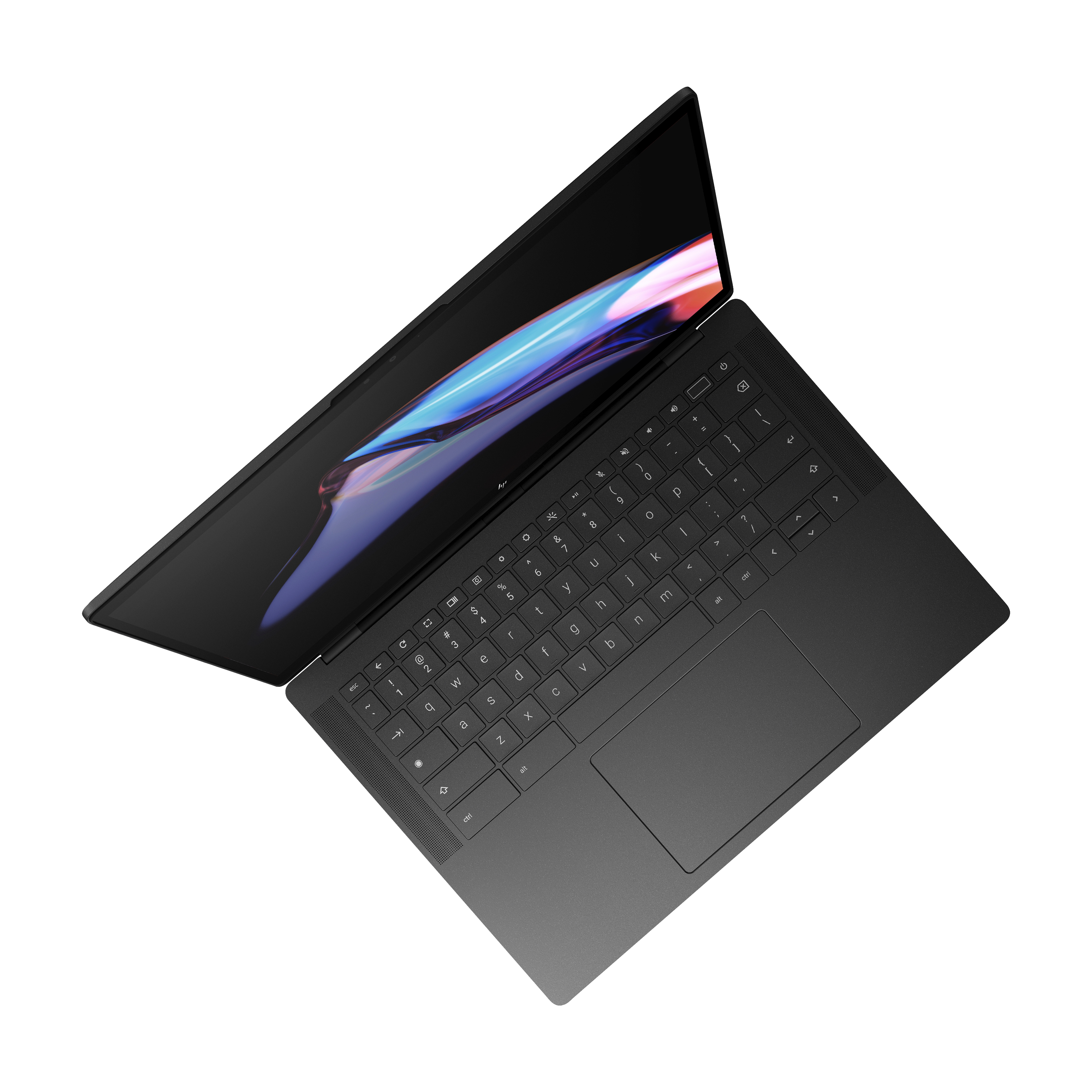
The new Pixelbook
HP's Dragonfly Pro Chromebook might not look like much, but it's the closest that we're going to get to a new Pixelbook. It offers the brightest screen in a Chromebook, the haptic trackpad returns, and performance is top-notch.
Pros
- More affordable
- 1200 nits of brightness
- 8MP selfie camera
- Haptic trackpad returns
- Two different color options
Cons
- Only one configuration is available
- RGB backlighting is a bit odd
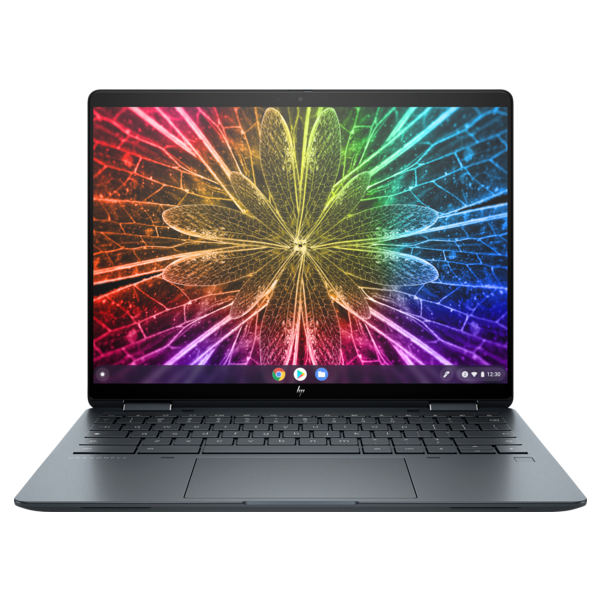
Paving the way
The Elite Dragonfly Chromebook paved the way for the Dragonfly Pro and shattered the stigma about premium Chromebooks. More than a year later, it still stands out in the crowd, but it's also much more expensive than the competition.
Pros
- Many more configurations are available
- Still one of the best and most premium Chromebooks
- The haptic trackpad is divine
- Better port selection
Cons
- Extremely expensive
- Difficult to find in stock
Following the launch of the HP Dragonfly Pro, we consider it to be among the best Chromebooks on the market today. But what about the Elite Dragonfly Chromebook, which HP released in 2022, paving the way for the Dragonfly Pro? We're going to take a look at these two beasts to help you determine which Chromebook is worth your hard-earned money.
HP Dragonfly Pro Chromebook vs. HP Elite Dragonfly Chromebook: Spec comparison
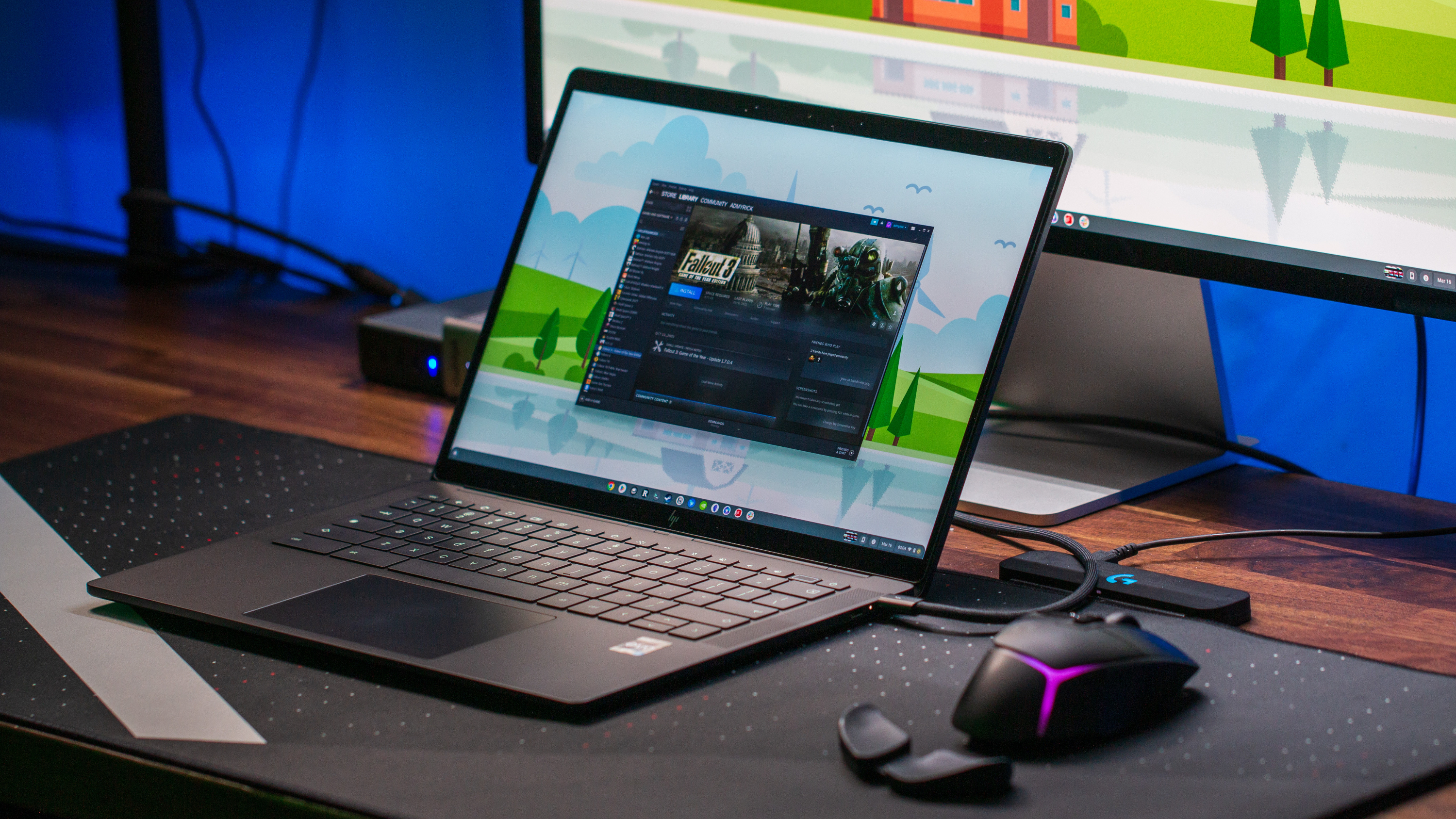
The first question you might have when comparing the HP Dragonfly Pro Chromebook vs HP Elite Dragonfly Chromebook is the power under the hood. And it's here where the Elite earns its moniker.
With the Elite Dragonfly Chromebook, you have many more options to choose from, starting off with the Intel Core i3-1215U with 8GB of RAM and 128GB of storage. However, why this one might be more appealing is that it's configurable. If you want all of the power you can get, the Elite Dragonfly Chromebook can be configured with up to the Intel Core i7-1265U, 32GB of RAM, and a 512GB SSD.
| Category | HP Dragonfly Pro Chromebook | HP Elite Dragonfly Chromebook |
|---|---|---|
| Display size | 14-inch, 16:10, 1200 nits peak brightness, touchscreen | 13.5-inch, 3:2, 400 or 1000 nits peak brightness |
| Screen resolution | 2560 x 1600 | 1920x1280 / 2256x1504 |
| USI Stylus Support | 🚫 | HP USI Digital Pen included (w/ wireless [magnetic] charging) |
| Processor | Intel Core i5-1235U | Intel Core i3-1215U / Intel Core i5-1235U / Intel Core i5-1245U / Intel Core i7-1265U |
| Graphics | Intel Iris Xe | Intel Iris Xe |
| RAM | 16GB | 8GB / 16GB / 32GB |
| Storage | 256GB | 128GB / 256GB / 512GB |
| Expandable memory | 🚫 | ✅ |
| Ports | 4x Thunderbolt 4 (USB-C) | 2x Thunderbolt 4 (USB-C), 1x USB-A (USB 3.2 Gen 2), full-size HDMI, microSD card slot, SIM card slot, 2.5mm stereo combo jack |
| Connectivity | Wi-Fi 6En, Bluetooth 5.3 | Wi-Fi 6E, Bluetooth 5.2 or 5.3 (Enterprise), optional LTE |
| Battery Life | Up to 11.5 hours | Up to 10 hours |
| Charging | 96W USB Type-C Power Adapter included, Fast Charge (50% in 30 minutes) | USB-C, Fast Charge (90% in 90 minutes) |
| Front Camera | 5MP | 5MP w/ built-in privacy switch |
| Headphone Jack | No (adapter included) | ✅ |
| Additional features | Haptic trackpad, RGB backlit keyboard, fingerprint scanner | Haptic trackpad, backlit keyboard, fingerprint scanner |
| Dimensions (tablet only) | 314.96 x 220.98 x 17.78mm | 294.5 x 221.85 x 16.6mm |
| Weight | 3.3 pounds | 2.83 pounds |
| AUE date | June 2030 | June 2030 |
Meanwhile, the HP Dragonfly Pro is only available in a single configuration. This model is powered by the Intel Core i5-1235U, 16GB of RAM, and a 256GB NVMe SSD. It might come as a bit of a shock considering the options that HP offered with last year's model, but this decision was made for a good reason.
Instead of offering a plethora of different models with different specs and features, HP made the decision process super easy with the Dragonfly Pro. The decision really comes down to whether you want the Sparkling Black or Ceramic White model. Leaving only two SKUs reduces the potential confusion while giving everyone the same experience across the board.
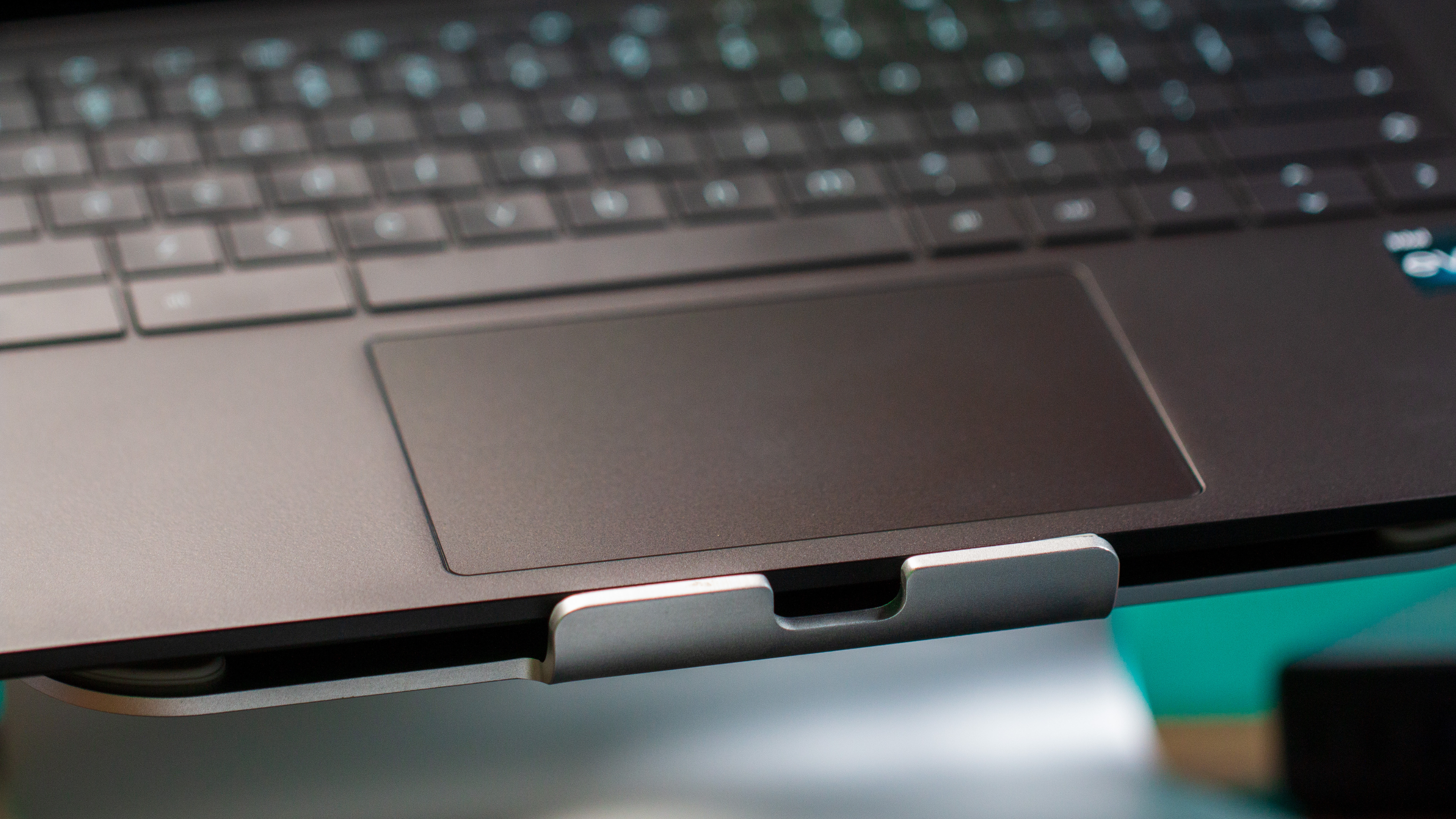
And while these are still two very different Chromebooks, there are some similarities to be found. Arguably the most important is that HP implemented its excellent haptic trackpad on the Dragonfly Pro, which first debuted on the Elite Dragonfly Chromebook. These are still the only two Chromebooks to feature a haptic trackpad, and it's truly a transformative experience.
Aside from sharing the same processor, RAM, and storage configurations, these Chromebooks also feature Thunderbolt 4 ports, Bluetooth 5.3, fingerprint scanners, and backlit keyboards. Truthfully, there's a lot to like, regardless of which of these you decide to go with.
Get the latest news from Android Central, your trusted companion in the world of Android
HP Dragonfly Pro Chromebook vs. HP Elite Dragonfly Chromebook: Reasons to go "Pro"
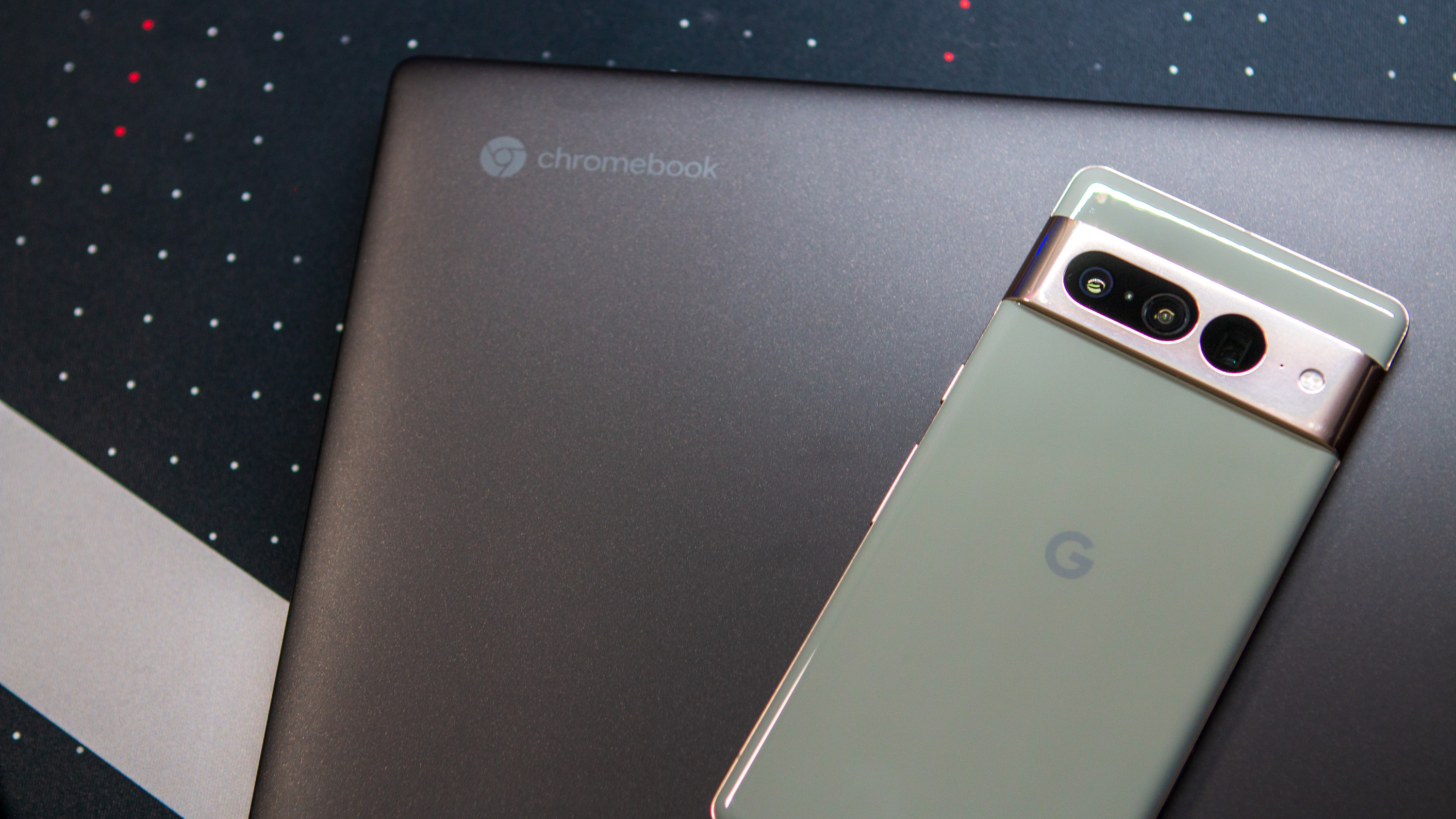
The biggest reason why you'll want to go with the Dragonfly Pro Chromebook is the price. It retails for $999, which is a couple of hundred dollars cheaper than what the base configuration of the Elite Dragonfly Chromebook goes for. And that's not to mention that if you configure the Elite to match up with the Pro, you're saving even more money by going with the latter.
Price aside, the Dragonfly Pro has an "ace up its sleeve" and that's the display. No, it's not a convertible, so you won't be able to flip it into tent mode to watch a movie or play a game. But if you're someone who uses their Chromebook in a bunch of different places, then you might come to appreciate the 1200 nits of peak brightness.
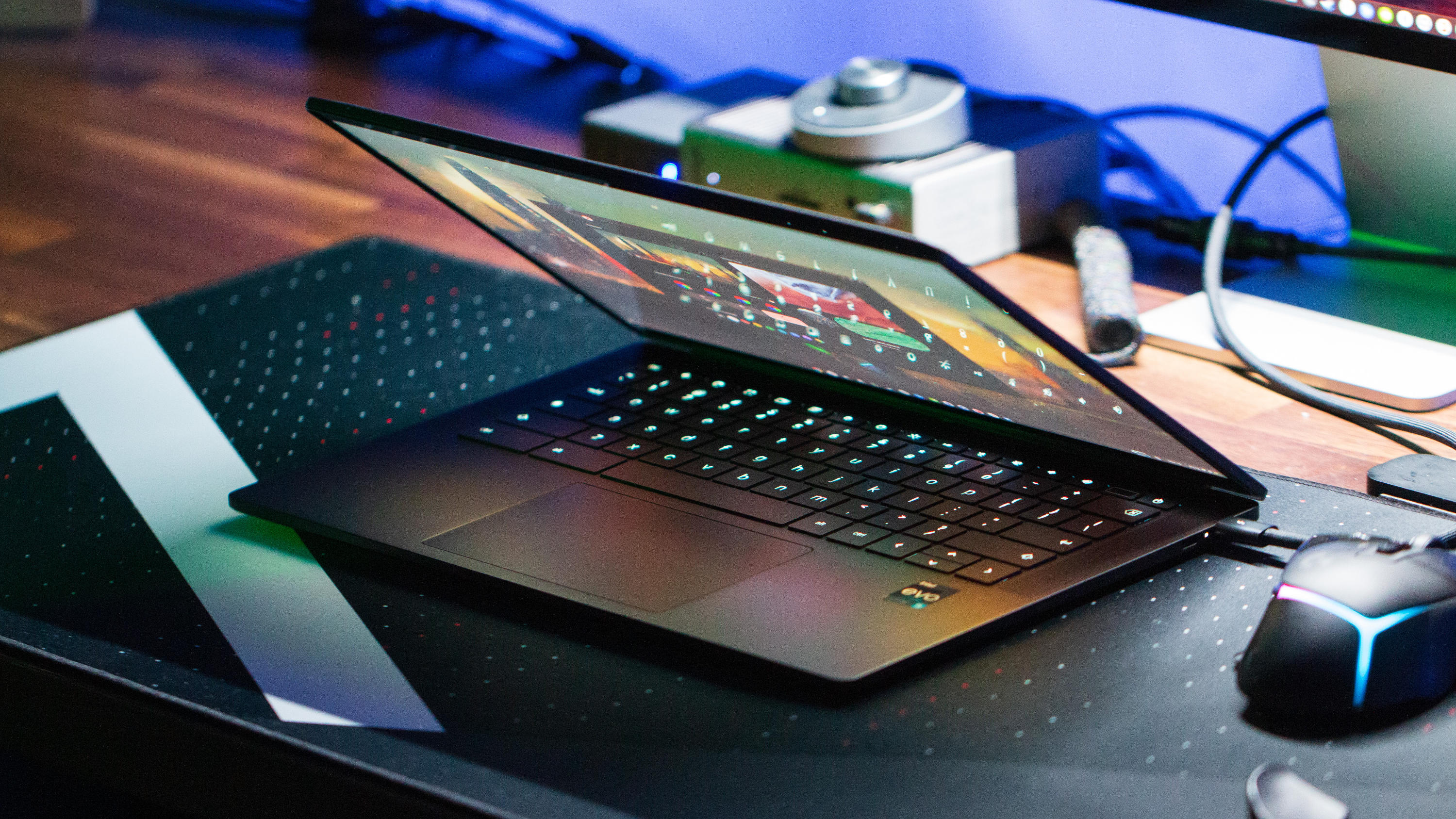
This continues to be an issue even with the best Chromebooks, as the screens just don't get as bright as you might want them to. That won't be a problem with the Dragonfly Pro, and you'll probably find yourself needing to turn it down a couple of notches.
One of the more surprising additions to the Dragonfly Pro was HP's decision to use an RGB backlit keyboard. Backlit keyboards aren't uncommon, but instead of just giving you one color (white) and letting you go, the Dragonfly Pro makes it possible to customize it. And with the upcoming implementation of Material You into ChromeOS, everything from your Chromebooks UI to the keyboard itself can be color coordinated.
HP Dragonfly Pro Chromebook vs. HP Elite Dragonfly Chromebook: Reasons to go "Elite"
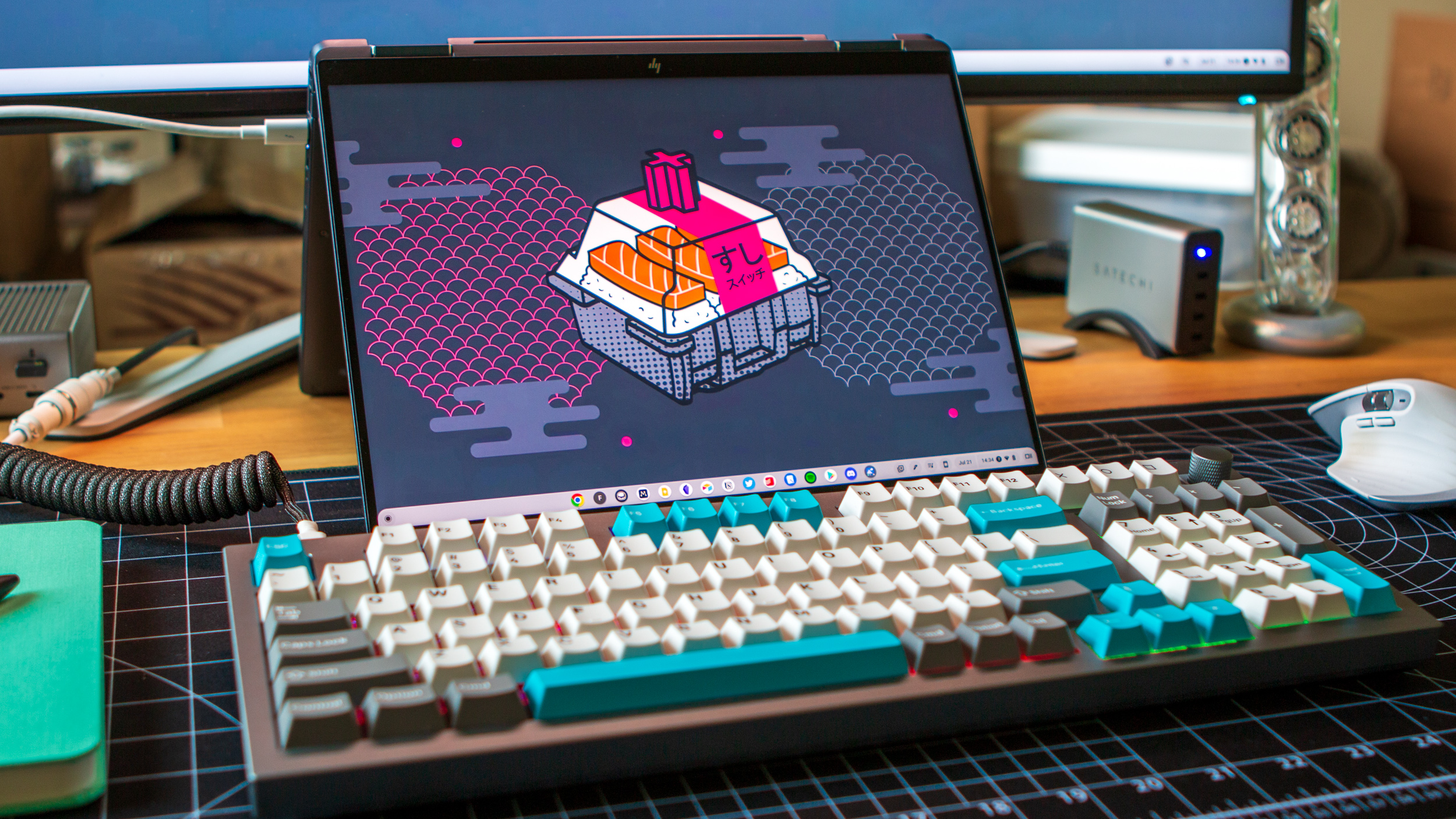
When the HP Elite Dragonfly Chromebook was introduced, it proved that you can get an ultra-premium Chromebook with updated specs. Until then, the only "real" option was to pick up a Pixelbook Go, but those were already increasingly difficult to find. Not to mention that it was three generations behind in terms of the Intel chip powering it.
It seemed that HP decided to just throw everything into a Chromebook to see what stuck, and that's what we got. One of the biggest appeals is the convertible design, allowing you to use it in tent mode, or fold it all the way back and use the included USI pen. Versatility is the name of the game here, as the Elite Dragonfly is a pretty great companion for pretty much any scenario.
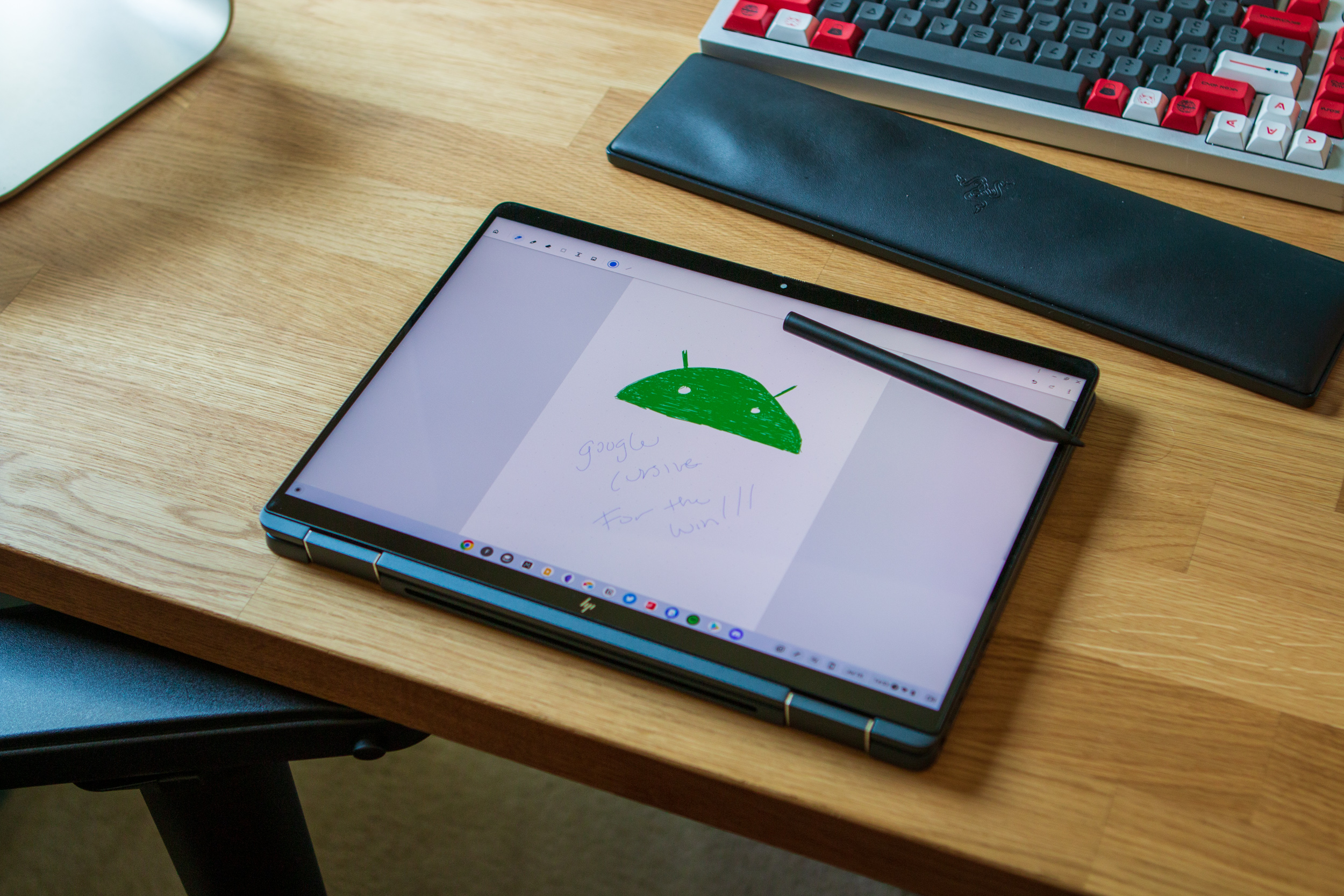
Another reason why the Elite Dragonfly gets the nod over the Dragonfly Pro is the port selection. Both of these Chromebooks include Thunderbolt 4 ports, but the Elite also includes a USB-A port, full-size HDMI port, microSD card slot, and 3.5mm headphone jack. So if you don't want to deal with Chromebook docking stations or USB-C hubs, then you'll want to go Elite.
HP Dragonfly Pro Chromebook vs. HP Elite Dragonfly Chromebook: Which should you buy?

As someone who loves being able to have as much power as possible in a device, I'm not one to tell anyone that they shouldn't be able to do the same. But if you've made it this far, it should be pretty evident that the Dragonfly Pro is the way to go.
It might not have as many ports, and you won't be able to use it as a tablet or digital notebook. But for just $999 (compared to $1,149), it's really a no-brainer. Plus, HP has made subtle improvements to the haptic trackpad, while also including a display that gets brighter than any other Chromebook on the market.
Again, it's not like the Elite Dragonfly Chromebook is a slouch, because it's definitely not. But it's more expensive, more difficult to find, and can be configured to offer the same powerful experience.
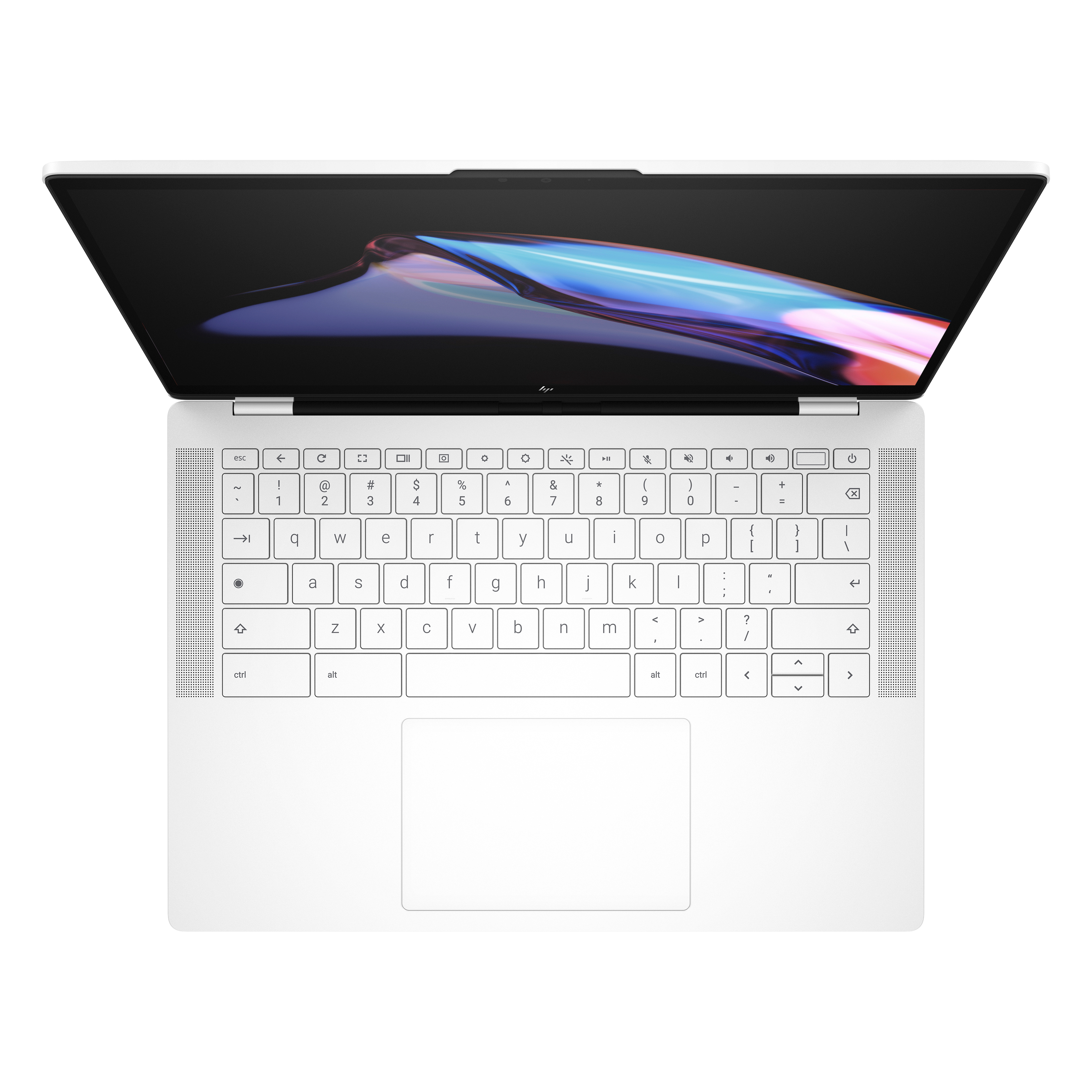
The $999 price tag might seem a bit high compared to the rest of the best Chromebooks, but it's the price to pay for a premium experience. This is easily one of the best Chromebooks we've ever used, and we're sure that you'll feel the same.

If it weren't for the Elite Dragonfly Chromebook, it's entirely possible that the Dragonfly Pro Chromebook would have never seen the light of day. While you can still pick one of these up for yourself, and even configure it with more power, the eye-watering price tag might just be too much to stomach.

Andrew Myrick is a Senior Editor at Android Central. He enjoys everything to do with technology, including tablets, smartphones, and everything in between. Perhaps his favorite past-time is collecting different headphones, even if they all end up in the same drawer.
